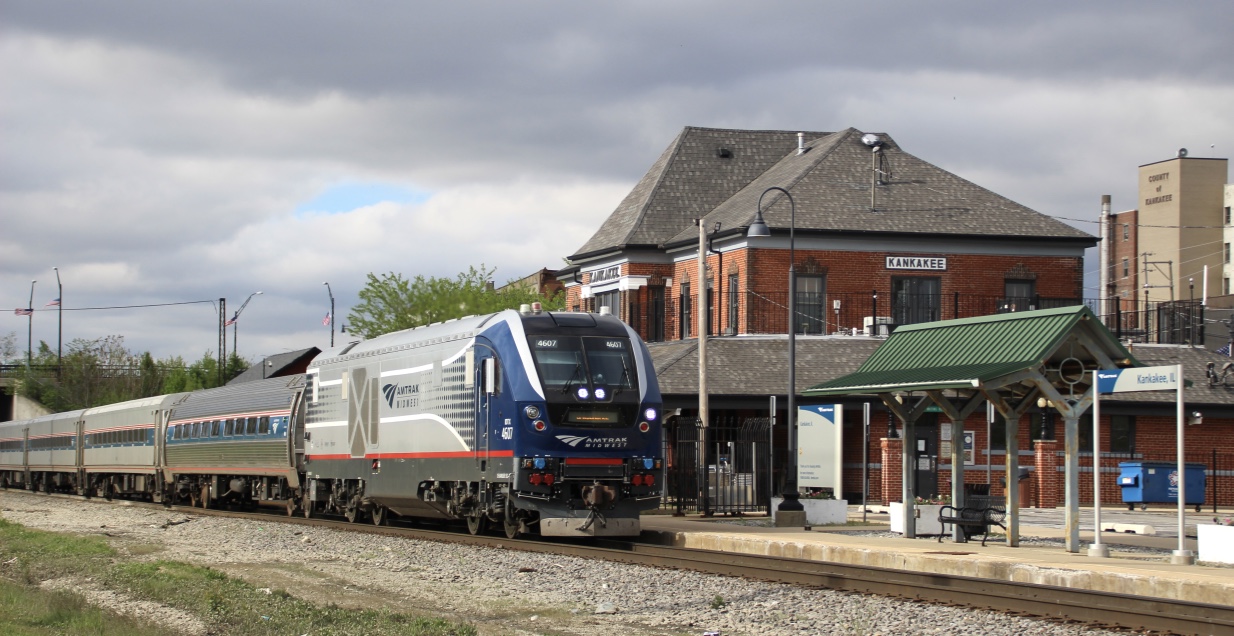
WASHINGTON — The Surface Transportation Board has set a schedule for submission of evidence and arguments in a long-running disagreement between Amtrak and Canadian National over Amtrak operations on CN routes.
The case dates to a July 20, 2013, filing by Amtrak asking the board to establish terms and compensation for use of CN’s rail lines and facilities, given that the contract between the two sides was about to expire, with no prospect that a resolution will be reached before the expiration date.” The filing asked for expedited consideration.
After several years of discovery and filings, the STB sent the parties to mediation in August 2019, but mediators informed the board in January 2020 that no settlement had been reached.
The two sides jointly requested a procedural schedule in January, indicating that all the issues that remained as of the end of mediation remained unresolved. They did indicate that since the end of mediation, they have certified that schedules for 20 of the 26 Amtrak trains using CN trackage meet the on-time metrics established by the Federal Railroad Administration in 2020. CN is seeking non-binding dispute resolution on the remaining six trains, and the freight railroad and Amtrak are working to agree on that process.
Amtrak and CN requested a three-part schedule to begin May 16 and conclude Sept. 15, but in the schedule released Thursday, the board has moved those dates forward:
— May 2, 2022: Opening submissions are due, with each party to include a copy of the current operating agreement marked up to show the changes the party seeks.
— July 1, 2022: Reply submissions are do, and may include a revised markup of the agreement.
— Aug. 1, 2022: Rebuttal submissions are due.
After all filings are submitted, the board will decide whether oral argument is warranted.






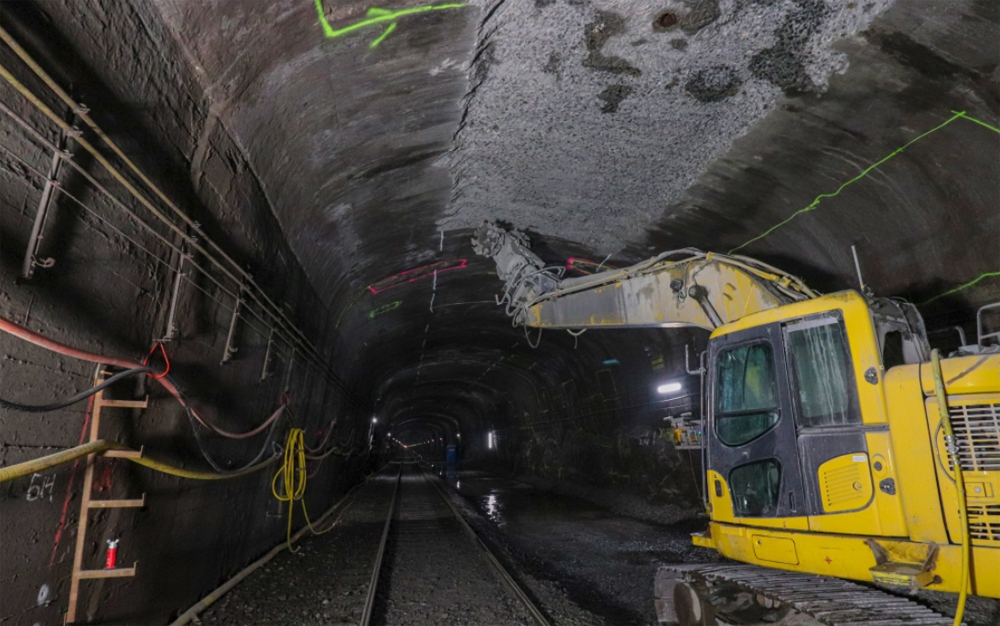
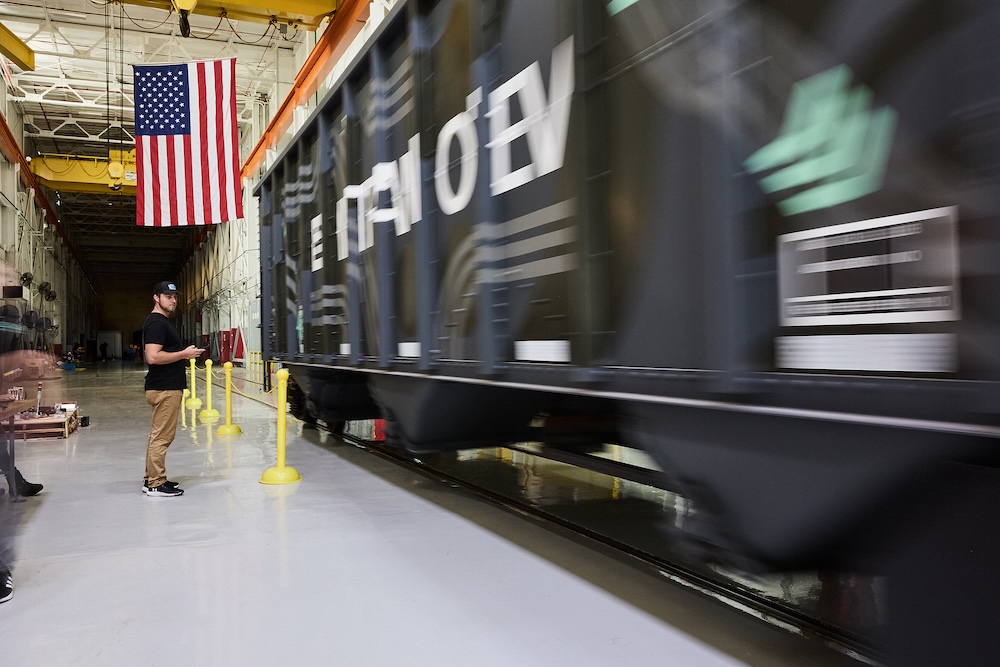
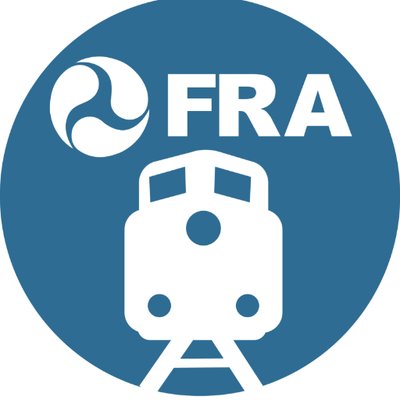
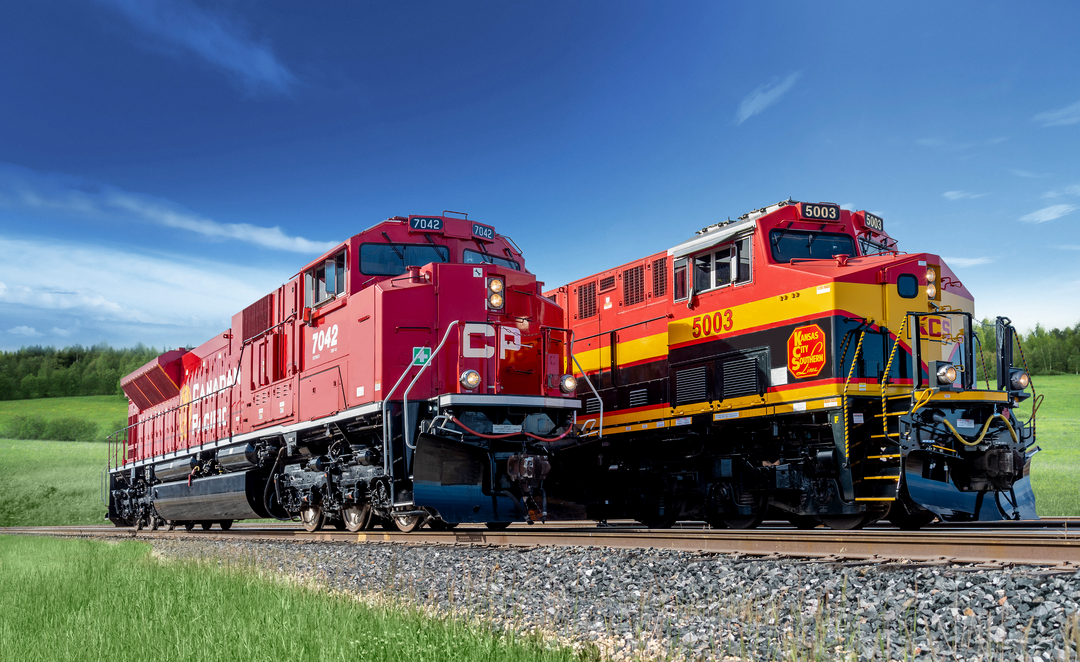




Yeah Charles, that single-tracking main lines that were formerly double track/automatic block/current of traffic was all the rage back in the 80s. Ctc was deployed in those conversions and that did offer significant operating flexibility to be sure. CP did it too, the limits being Duplainville-Hastings, MN as I remember. Conrail did it on the Boston Line between Westborough MP33 all the way to Castleton Bridge. IC was actually double track ctc Stuenkel Road, MP 33 to Gilman, MP 80. That segment saw the heaviest traffic on the whole system. And just to show they could do the single-tracking, CEO Edward Moyers, with EHH I think VP Operations, ripped that out first! And that was on the cusp of NS gaining trackage rights for a handful of trains between Gibson City and the 94th Street, Chicago connection to the former NKP. The industry back then seemed determined to stifle traffic future traffic growth. To borrow from a past UP slogan, “We Can’t Handle It”. And it seems nothing has changed in the years since, including at Amtrak.
Great little rail history museum in that building. That’s what’s right with this picture. What’s wrong with this picture? Single track on the “Main Line of Mid America”. Times I’ve used this station it’s been my vision of the Soviet State Railway.
Yes I know it’s not actually single track — it’s alternate segments of single and double, EHH’s invention on the IC and brought with him to CNR.
Twice as much traffic on the same track means twice the maintenance (on half the number of tracks), but when there is maintenance, the railroad shuts down entirely. Can someone tell me what is saved?
Proponents of single track (or on this line, single – double) can tell you how smoothly they can dispatch it, how they can make it work and move many trains a day. What they can’t tell you is how is it any better than double track, where the R/W, bridges, and grading for double track are already built